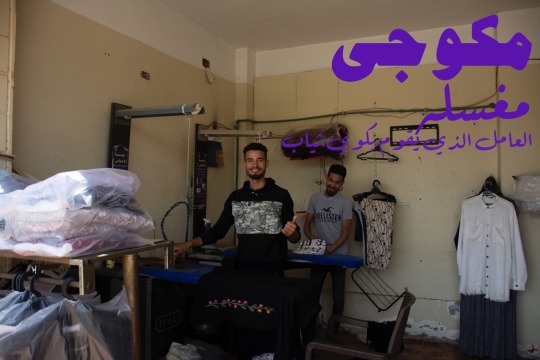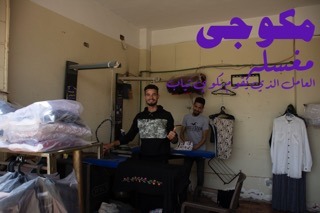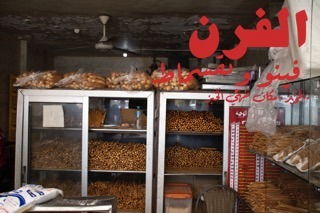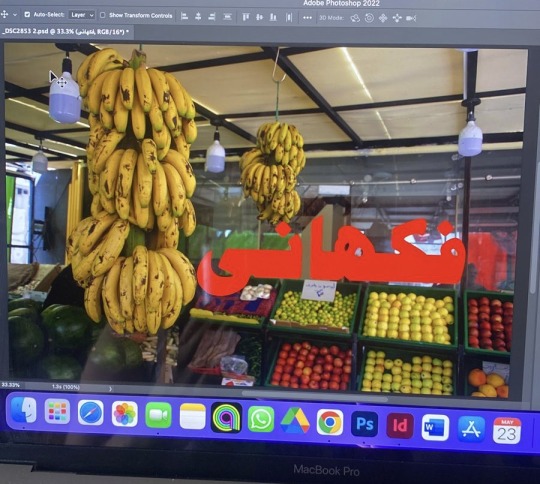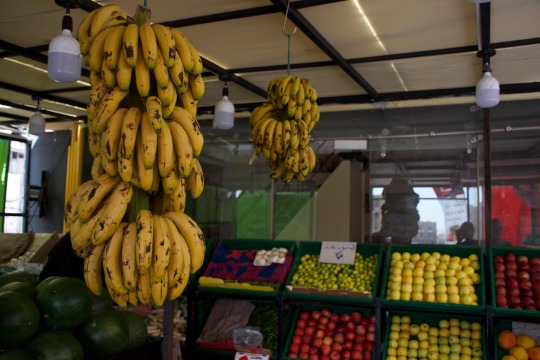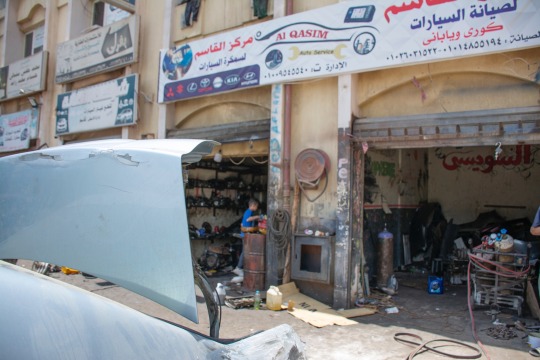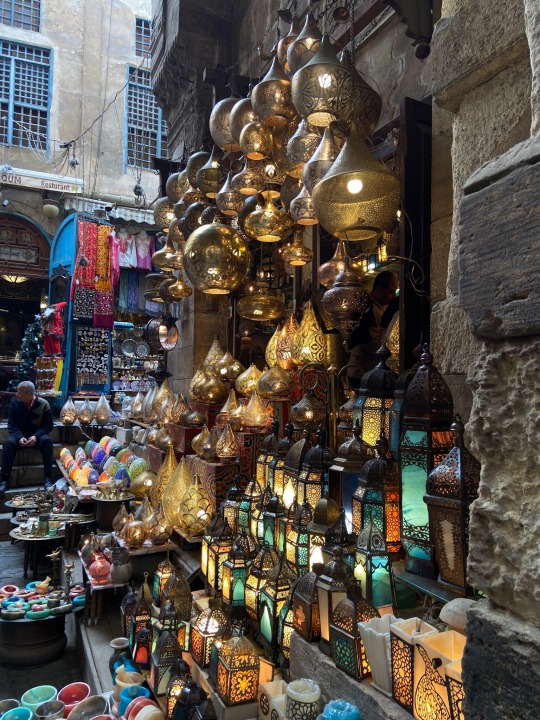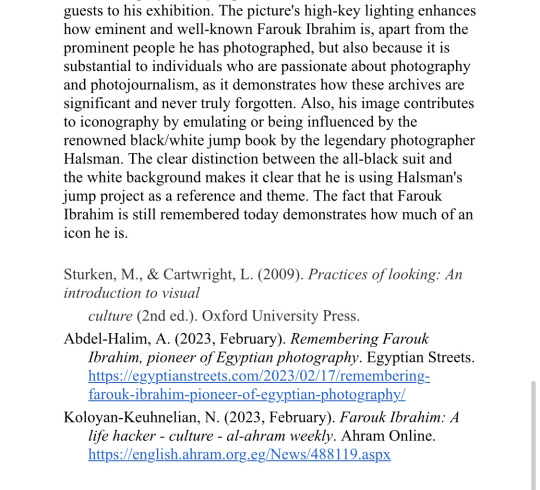Text
Judy Basha 900211329
Assignment 6
Essentials every Egyptian needs on the daily basis.
Egyptian citizens rely on these services—supermarkets, bakery shops, pastry shops, dry cleaners, mechanic repair shops, and garbage bins—regardless of one’s social class or neighborhood. Most Egyptian neighborhoods have all these services and consider them fundamental to living and a part of their everyday life. Every service plays a key role in our daily routines, regardless of what service they give. All these services provided by locals make our lives easier and more convenient. It is a photo-series narrative type that includes various types of local services every citizen utilizes. All seven services are distinct, yet they all complement one another, play a major role, are equally vital, and are prominent in Egyptian culture. All seven visuals include the most common names of these services, what they supply, and what they signify in Arabic. I selected the Arabic layout since it is tied to Egyptian culture and Arabic is Egypt's native language. This series contrasts all of these various services that provide vastly different offerings, although they all serve the same community and the community is heavily reliant on them.
Finally, each picture includes visual approaches such as creative effects like the graphics and texts explaining what this place is called by Egyptians, what it provides, and its full definition in Arabic. Seven unique visual representations, each with a distinctive role and contribution to society, but all using the same frame layout, text, and typeface. I selected this issue because I am a member of a society that uses these services almost every day. If you are living anywhere in Egypt, you will find a complex that contains all these services that are considered “essentials”.
1 note
·
View note
Text
Some test shots for assignment 6 regarding my 1st proposal

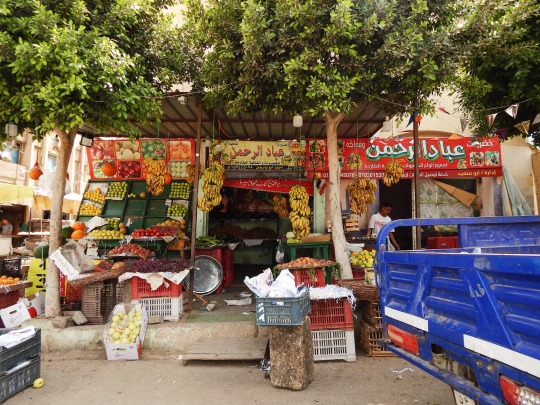
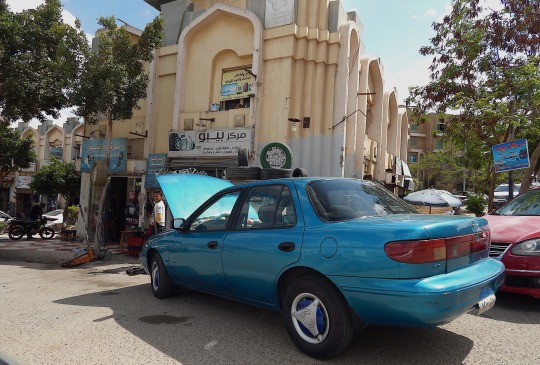
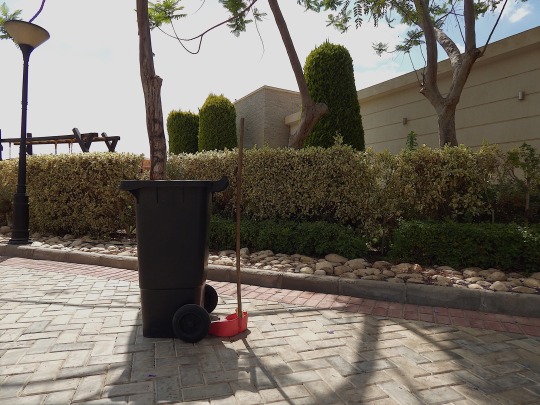

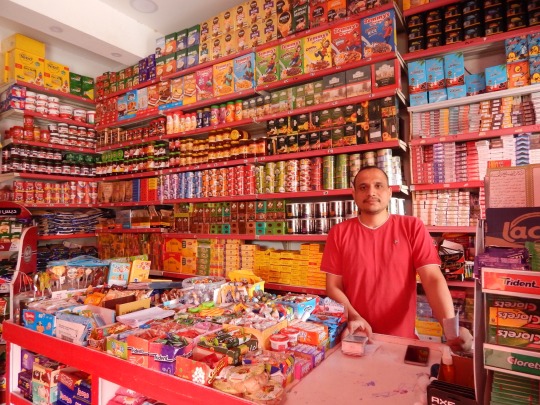
1 note
·
View note
Text
Assignment 5


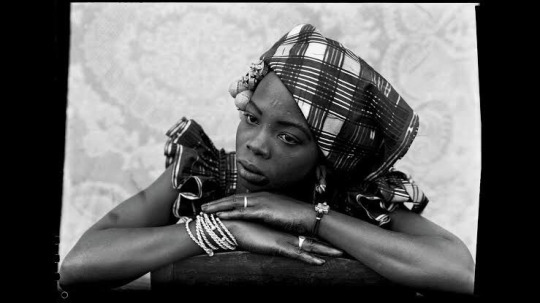
In BBC, The Genius of Photography (2007), snap judgments, episode 6 19:48s, the visuals presented are captured by Seydou Keita, Born in 1921, a Photographer all the way from Bamako, Mali, in a business “portrait studio”. Seydou Keita’s studio is for people who mainly “wanted to have a good picture of themselves”. Seydou Keita’s portrait studio was mainly for locals in his hometown and never thought of expanding worldwide. Usually, people pursue and work for their dreams, but for Seydou Keita, it was completely different, as André Magnin, the curator, came all the way from Europe to Mali, searching for the “unknown photographer” who captured these photographs. Later, Seydou Keita’s agent became Jean-Marc Patras and Emmanuel Pierrat was his copyright lawyer. Seydou Keita is an artist because he spent the entire time he was in Mali working as a photographer in an artistic style, taking one-of-a-kind images, and positioning his subjects in the frame at unusual angles to create outstanding pieces of art. Creating these artistic masterpieces he was skilled at arranging his models (locals in his neighborhood back in Mali) in his own portrait studio between background patterns, foreground objects, and props. The subject, a Malian female citizen, is placed mid-frame to appear more dominant; a patterned background fills the frame and prevents it from looking bland or plain; the hat and shirt she is wearing at one point represent her cultural attire; and finally, various accessories, including bracelets, the chair in the foreground, the hat, and rings, interestingly fill the frame to give the impression that there is more to discover in the frame than just the subject. There is a sense of depth in the frame, therefore I believe the lens used for the medium shot is roughly 50 mm-75 mm. Since it is a medium shot or a medium-close up to be more precise, it is not considered a close-up shot or a full-shot, and the frame is not flattened, so it is not a zoom lens. The light utilized in most of Seydou Keira’s photos is natural lighting. In order to convey a sense of connection, the point of view (POV) is at eye-level with the model who is in the frame. In addition, Seydou Keita is very inventive in how he accomplishes this given that he lacked a thorough understanding of camera angles and positionings.
The genius of photography (2007) : BBC : Free Download, borrow, and streaming. Internet Archive. https://archive.org/details/tGoPhoto/BBC+The+Genius+of+Photography
Just to give you an overview of this portrait's value and importance, the frame I chose to re-make costs about $8,200. https://www.thebetsyhotel.com/seydou-keita
3 notes
·
View notes
Text
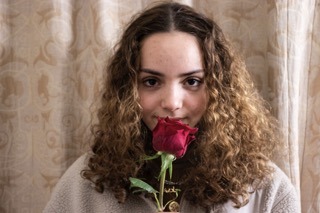


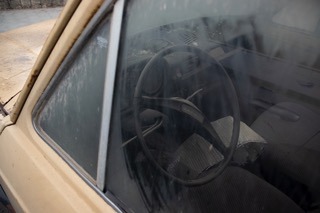

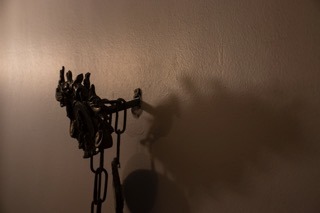


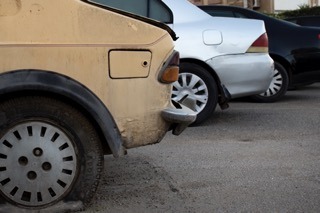
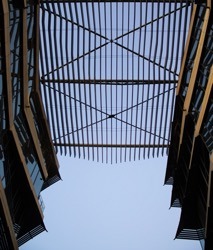

Assignment 4 Judy Basha
reflection:
Composition is crucial to photography as it has the potential to alter the way an object appears in the frame. Composition is the camera angle, the object’s placement, changing the size of an object in the frame, making the object dominant or less empowered. Composition is how things within the frame are kept in balance. Composition covers elements like the camera angle, where an object is placed, how big it is in the frame, and whether it is more or less prominent. Composition is the method used to achieve harmony and balance inside the frame. Whether an object catches your eye immediately or something that catches your interest later as you look further into the frame, the composition also comprises dominant contrast and subsidiary. I personally think that this assignment really provided us with insight into how to position objects within a variety of guidelines, including how we should just not place objects in the middle of the frame as per the rule of thirds, how light direction works, and how we started taking it into consideration, how we stage objects in the frame to create some sort of lateral frame, as well as the texture and color, and also how you frame people in full shot, medium shot, and close-ups framing objects. I think the mise-en-scene in photography has several meanings, including composition. All artists agree and use composition as a powerful technique in the majority of their work to achieve professionally staged artworks. Photographers may produce aesthetically beautiful pictures and visually captivating images by adopting the fundamentals of composition and employing them effectively. This will prevent the viewer from becoming disengaged.
4 notes
·
View notes





